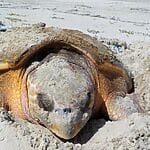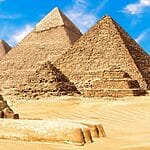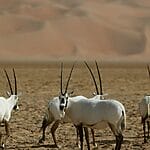6 Interesting Animals in Kansas You May Not Know
Kansas is a state in the Midwestern United States. It is known for its wide-open spaces, rolling hills, and abundant wildlife. The state is home to over 500 species of interesting animals in Kansas, including mammals, birds, reptiles, and amphibians.
Home to such a diverse range of interesting animals in Kansas. The state’s varied terrain, from the tallgrass prairies of the Flint Hills to the wooded hills of the Ozarks, provides a home for a wide variety of species.
The state’s climate, which is characterized by hot, humid summers and cold, dry winters, also supports a diverse range of wild animals. Let’s discover the interesting animals found in Kansas.
Where can you find Interesting Animals in Kansas?
National parks and wildlife reserves where animal lovers can find many interesting animals in Kansas. We have mentioned a few below:
Cimarron National Grassland
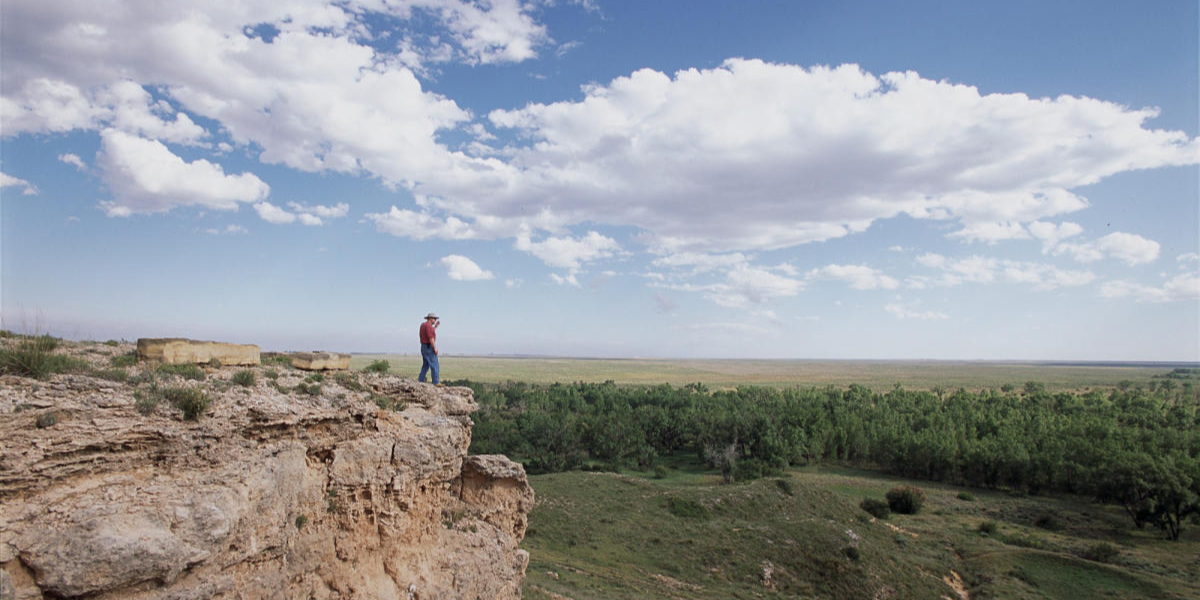
This vast grassland is home to a wide variety of exotic animals, including bison, prairie dogs, and pronghorn antelope.
Tallgrass Prairie National Preserve

The Tallgrass Prairie National Preserve protects a remnant of the tallgrass prairie, which once covered much of the Midwest.
Eisenhower State Park
This park is home to a variety of animals, including deer, coyotes, and bobcats.
Quivira National Wildlife Refuge
This refuge has many wildlife conservation areas for various birds, including waterfowl, shorebirds, and raptors.
Explore Interesting Animals in Kansas?
The interesting animals in Kansas are a diverse and fascinating group, and they offer a glimpse into the state’s rich natural history.
Whether you’re interested in seeing a herd of bison grazing on the prairie or a family of bald eagles soaring overhead, Kansas is a great place to observe wildlife.
Mule Deer
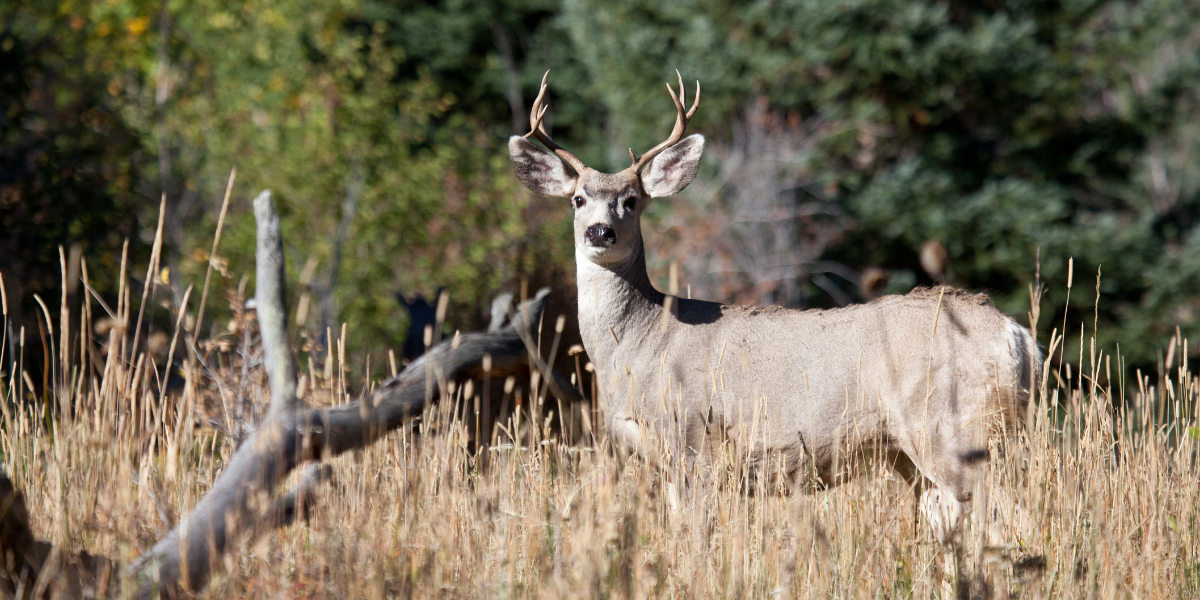
Name: Mule Deer
Scientific Name: Odocoileus hemionus
Conservation Status: Least Concern
Interesting Fact: Mule deer are named for their large ears, which resemble those of a mule.
Found: Western North America and Mexico.
Mule deer are herbivores and eat a variety of plants, including grasses, shrubs, and fruits. They are social animals and live in herds of up to 50 individuals.
Mule deer are preyed upon by various animals, including wolves, coyotes, and bears. As an important part of the ecosystem, they help to disperse seeds and pollinate plants.
Pronghorn
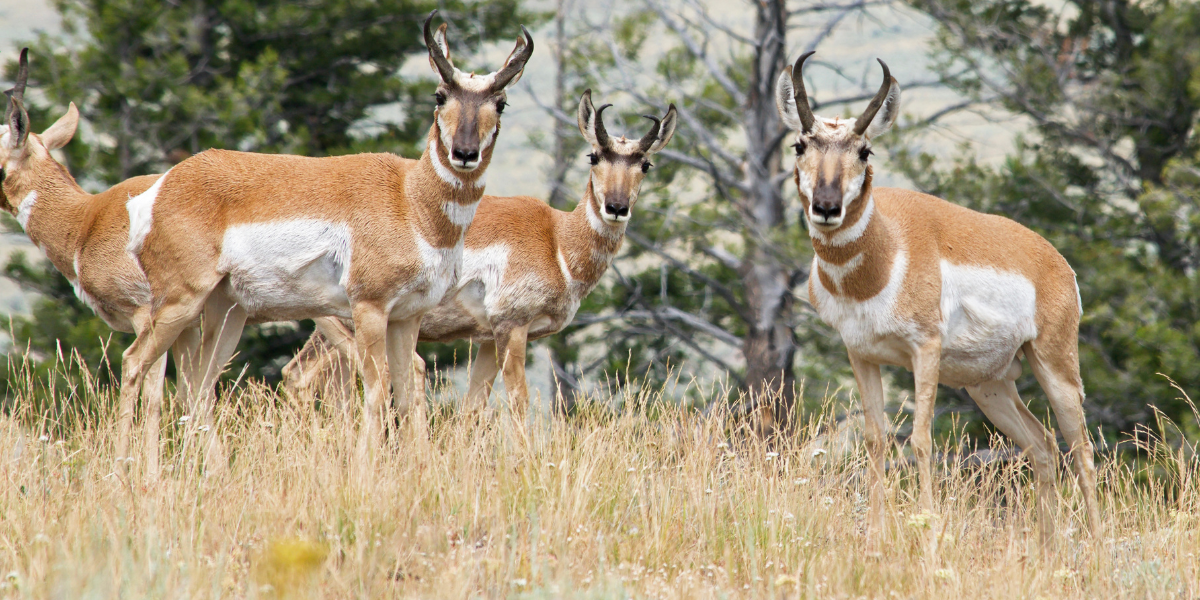
Name: Pronghorn
Scientific Name: Antilocapra americana
Conservation Status: Least Concern
Interesting Fact: Pronghorn are the fastest land animals in Central North America, reaching speeds of up to 65 miles per hour.
Found: Western United States and Mexico.
Pronghorn are the only living members of the Antilocapra genus. They have a unique way of shedding their horns, which they do in one piece.
Pronghorns are herbivores and eat a variety of plants, including grasses, sagebrush, and wildflowers.
White-Tailed Deer
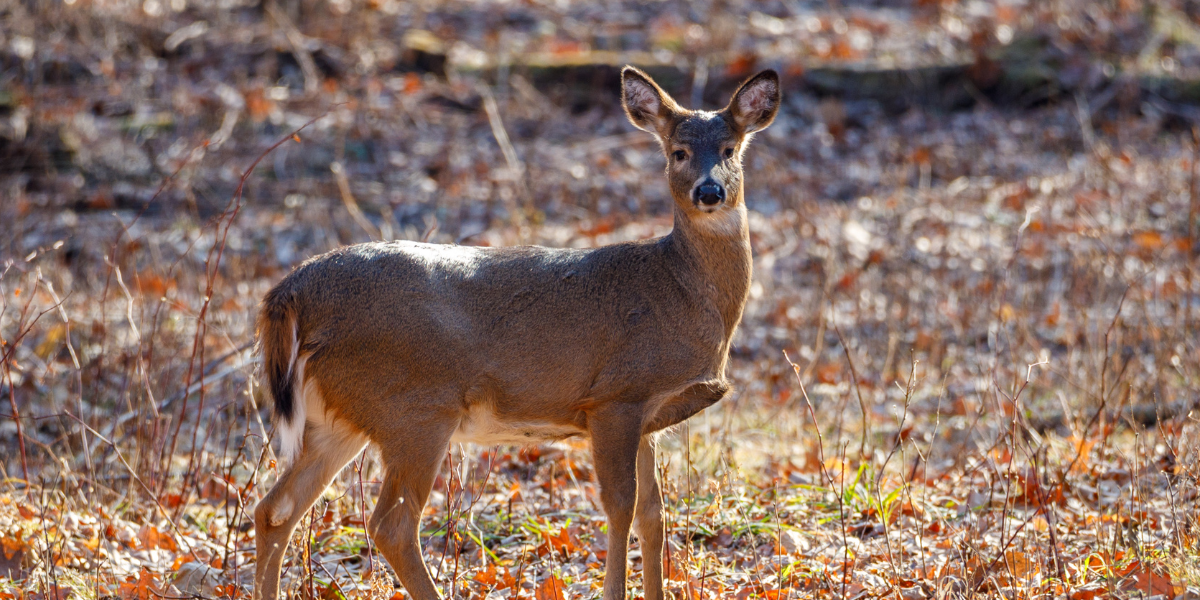
Name: White-Tailed Deer
Scientific Name: Odocoileus virginianus
Conservation Status: Least Concern
Interesting Fact: White-tailed deer are the most common large mammal in North America. They are so common that they are often seen as pests, but they are actually an important part of the ecosystem.
Found: Throughout North America, from southern Canada to Mexico.
White-tailed deer are herbivores and eat a variety of plants, including grasses, leaves, and fruits. They are social animals and live in herds of up to 30 individuals.
White-tailed deer are preyed upon by a variety of animals, including wolves, coyotes, and bears. Deers are an important part of the ecosystem and help to disperse seeds and pollinate plants.
Bobcat
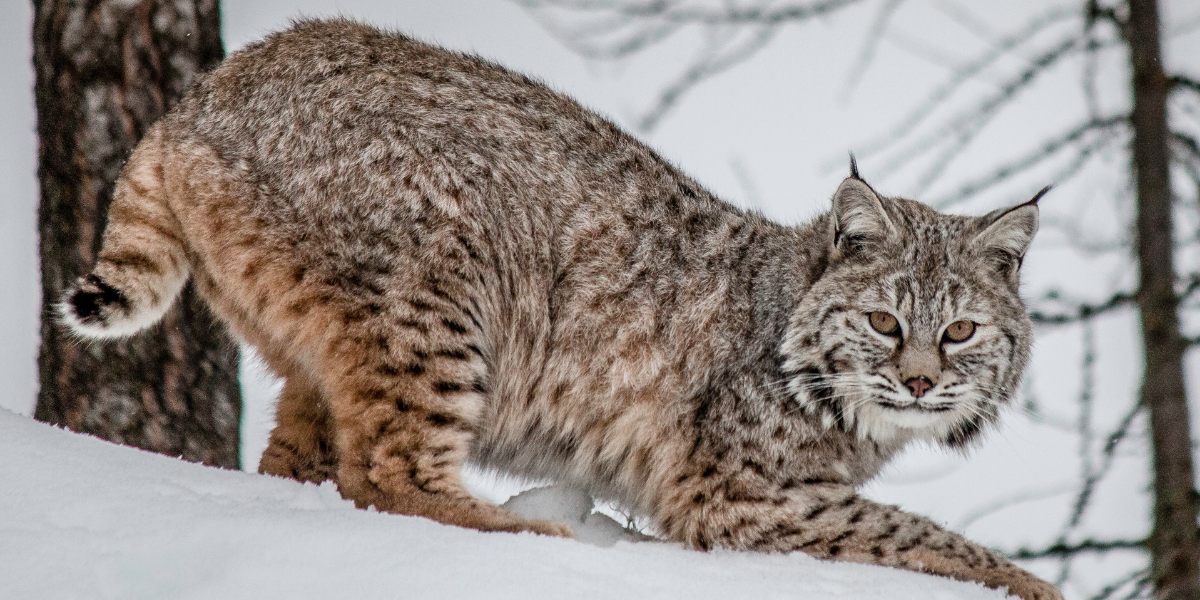
Name: Bobcat
Scientific Name: Lynx rufus
Conservation Status: Least Concern
Interesting Fact: Bobcats are the most common wildcat in North America. They are about twice the size of a house cat and are known for their short tail and tufted ears.
Found: Throughout North America, from southern Canada to Mexico.
Bobcats are solitary animals and only come together to mate. They are carnivores and eat a variety of animals, including rabbits, rodents, and birds.
Bobcats are excellent climbers and can often be seen perched in trees. Bobcats are an important part of the ecosystem and help to control populations of other animals.
Red Fox
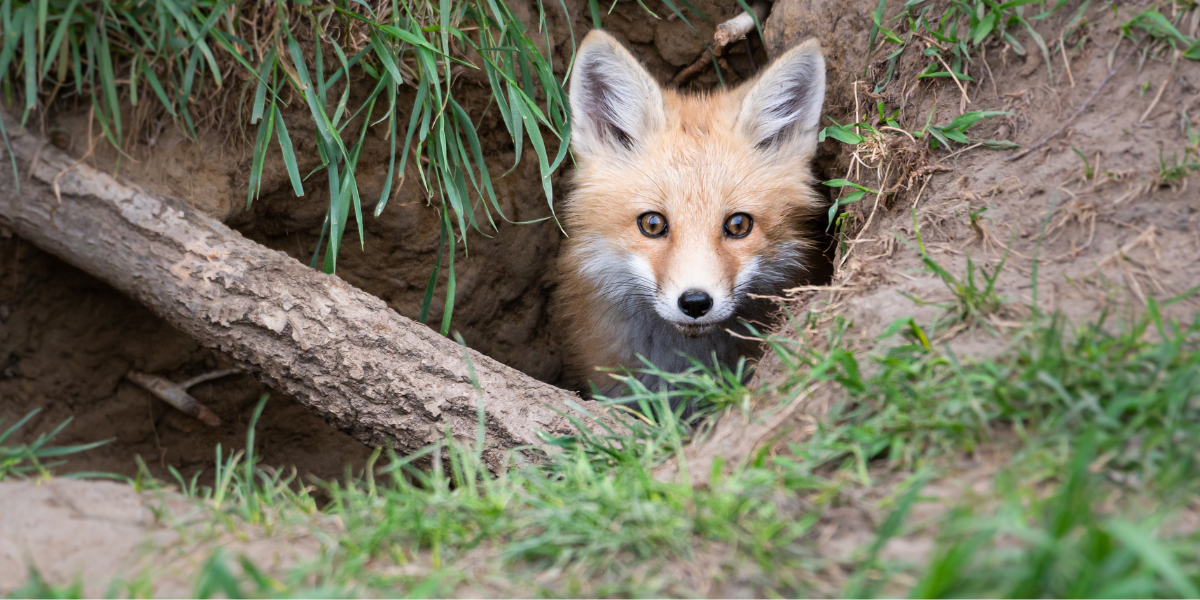
Name: Red Fox
Scientific Name: Vulpes vulpes
Conservation Status: Least Concern
Interesting Fact: Red foxes are the most widely distributed wild canid in the world. They can be found in almost every habitat type, from forests to deserts to urban areas.
Found: Throughout the Northern Hemisphere, including North America and Europe.
Red foxes are omnivorous and eat a variety of animals, including rabbits, rodents, birds, and fruit. They are solitary animals and only come together to mate.
Red foxes are excellent hunters and have been known to use tools to catch their prey. As an important part of the ecosystem and help to control populations of other animals.
Gray Fox

Name: Gray Fox
Scientific Name: Urocyon cinereoargenteus
Conservation Status: Least Concern
Interesting Fact: Gray foxes are the only canids that can climb trees. They use their sharp claws and rotating wrists to grip branches and move nimbly through the branches.
Found: Throughout North America, from southern Canada to Mexico.
Gray foxes are omnivorous and eat a variety of animals, including rabbits, rodents, birds, fruit, and insects. They are solitary animals and only come together to mate. Gray foxes are nocturnal means they mostly active at night.
The Most Dangerous Animals in Kansas

The most dangerous wild animals in Kansas is the Timber Rattlesnake. It is a venomous snake that is found in the eastern and central parts of the state. Timber rattlesnakes are shy and docile snakes, but they will bite if they feel threatened.
Other dangerous animals in Kansas include:
Brown recluse spiders:
These spiders are found throughout the state and their bite can cause severe tissue damage.

Black widow spiders:
These spiders are found in the southern and western parts of the state and their bite can be fatal.

Copperhead snakes:
These snakes are found throughout the state and their bite can be painful, but not usually deadly.
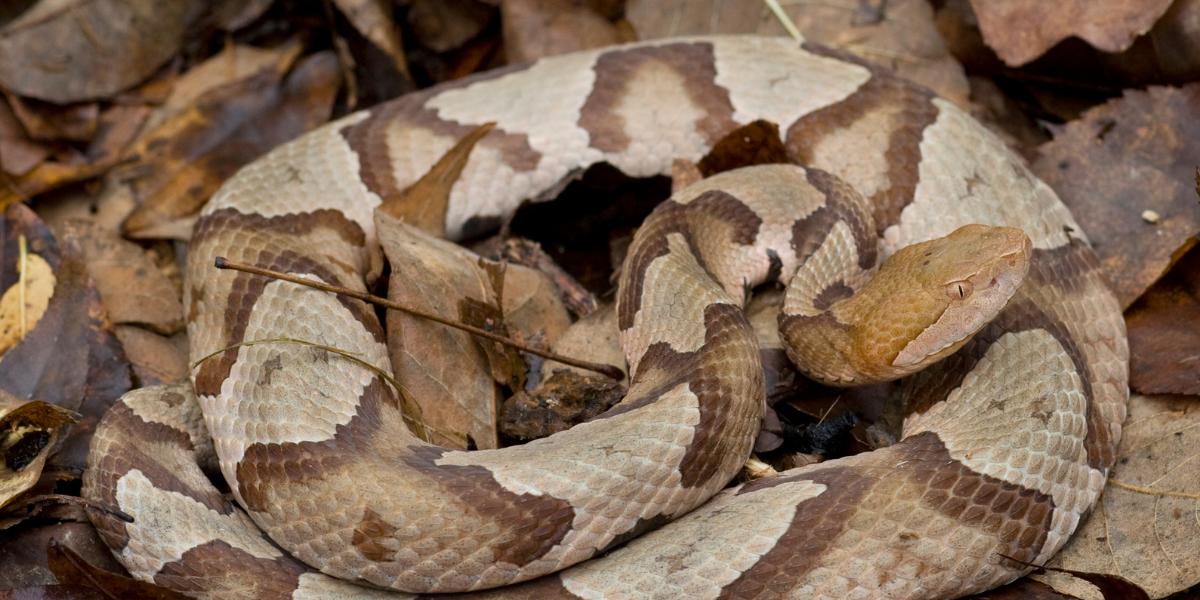
Prairie rattlesnakes:
These snake species are found in the western part of the state and their bite can be fatal.
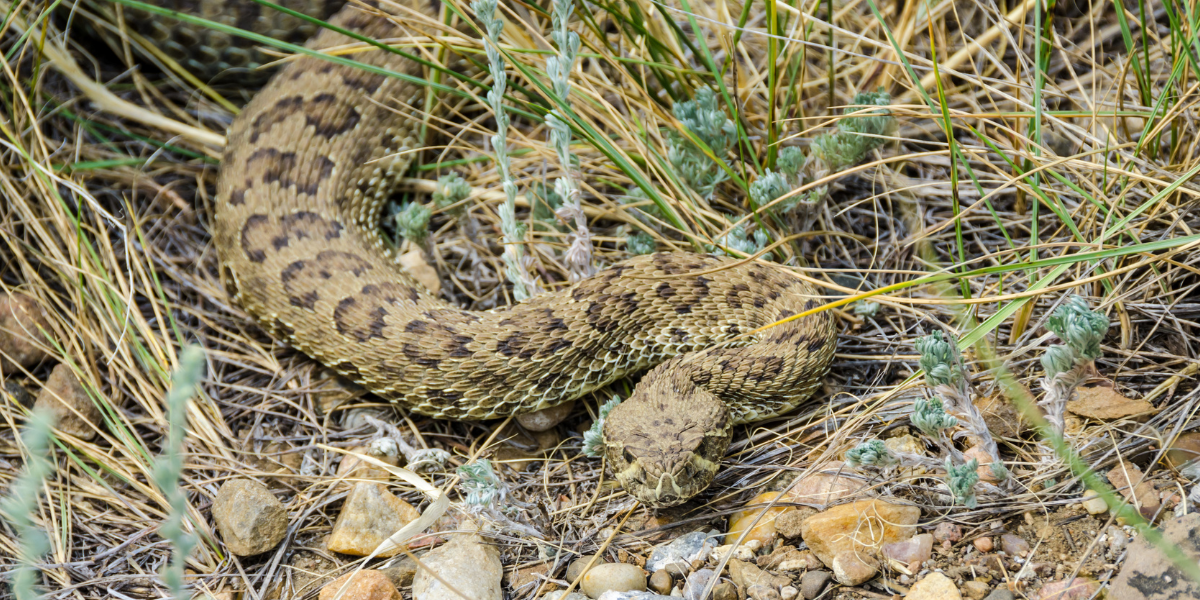
Largest Animal in Kansas
The largest wild animal in the Kansas city is the American bison, also known as the buffalo.
Bison are native to North America and were once widespread throughout the continent. However, they were hunted and listed as endangered animals in the 19th century.

In recent years, there have been efforts to put conservation reserve program to restore bison populations, and there are now several herds of bison living in Kansas.
Bison are large, powerful animals. Bulls can weigh up to 2,000 pounds and stand up to 6 feet tall at the shoulder.
Comparatively, Cows are smaller, weighing up to 1,000 pounds and standing up to 5 feet tall. Bison are herbivores and eat a variety of grasses, forbs, and shrubs. They are social animals and live in herds of up to 100 individuals.
Rarest Animal in Kansas
One of the rare animals in Kansas is the black-footed ferret. These ferrets are small, weasel-like mammals that were once widespread throughout the Great Plains.
They were hunted to near extinction in the 20th century. In the 1980s, there were only about 12 black-footed ferrets left in the world.
Thanks to conservation efforts, the black-footed ferret population has regained somewhat. There are now about 3,000 black-footed ferrets in the world, and about 500 of them live in Kansas.
Black-footed ferrets are nocturnal animals that live in prairie dog burrows. They eat prairie dogs, but they will also eat other small mammals, such as mice and rabbits.
Scott’s Oriole
This oriole is native and amongst the rarest birds found in South America.
It is only the third time it has been seen in Kansas City. It is a small, orange, black bird with a long, thin bill that eats insects. It was first spotted in Overland Park in December 2022 and has been seen several times since then.
Critically Endangered Animals in Kansas
These are just a few of the endangered and top wild animals in Kansas. There are many other species that are facing threats to their survival, and it is important to do everything we can to protect them.
Whooping crane:
This crane is the tallest bird in North America and is an iconic symbol of the Great Plains. However, they were hunted to near extinction in the early 20th century.

There are now about 800 whooping cranes in the wild, and they are still considered an endangered species.
Pallid sturgeon:
This fish is a large, bottom-dwelling fish that is found in the Missouri River. They were once abundant, but their numbers have declined due to habitat loss and pollution.
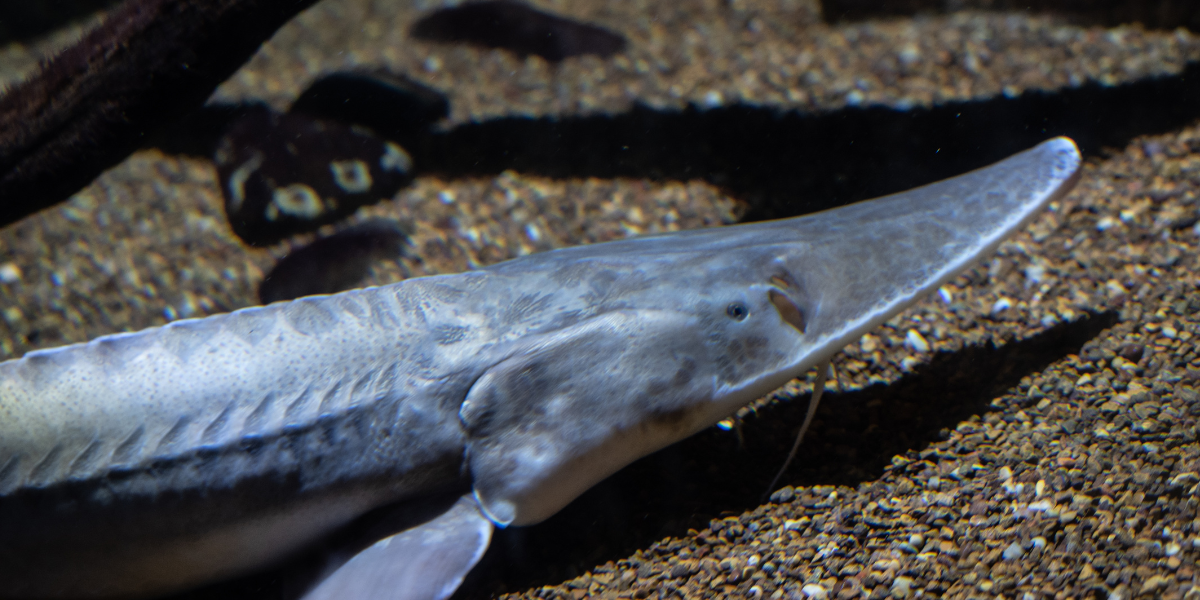
There are now about 1,000 pallid sturgeon left in the wild, and they are considered an endangered species.
Topeka shiner:
This fish is a small, minnow-like fish that is found in the Kansas River. They were once high in population but later on declined due to habitat loss and pollution.
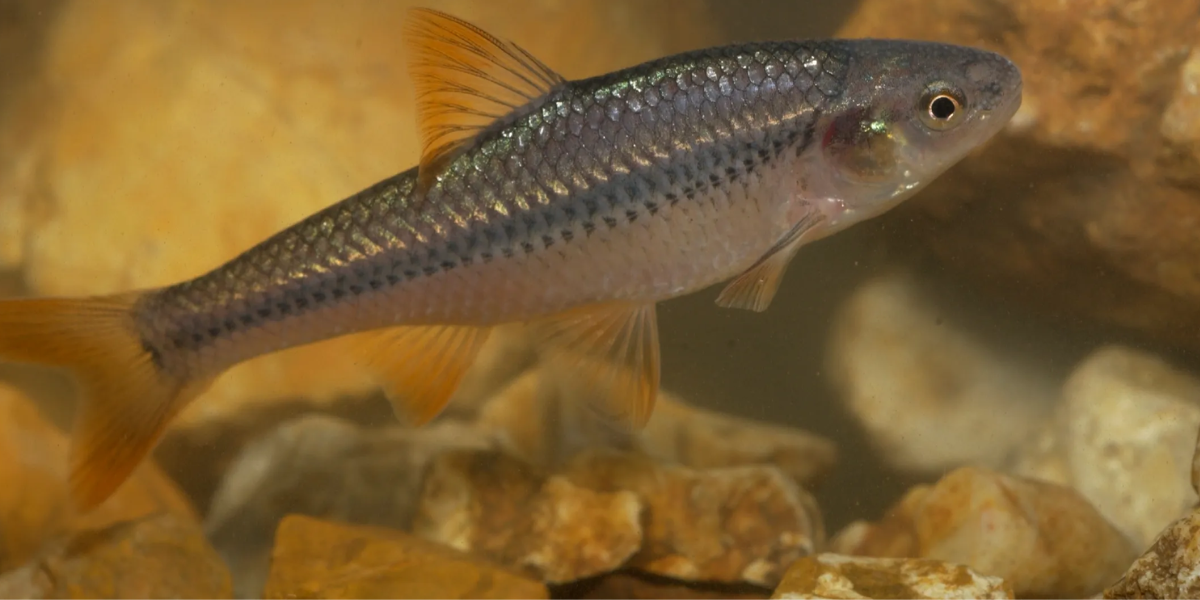
There are now about 1,000 Topeka shiners left in the wild, and they are considered an endangered species.
Least tern:
This tern is a small shorebird that is one of the interesting animals in Kansas is found along the coasts of North America. However, they have also been seen in Kansas, where they are considered an endangered species.
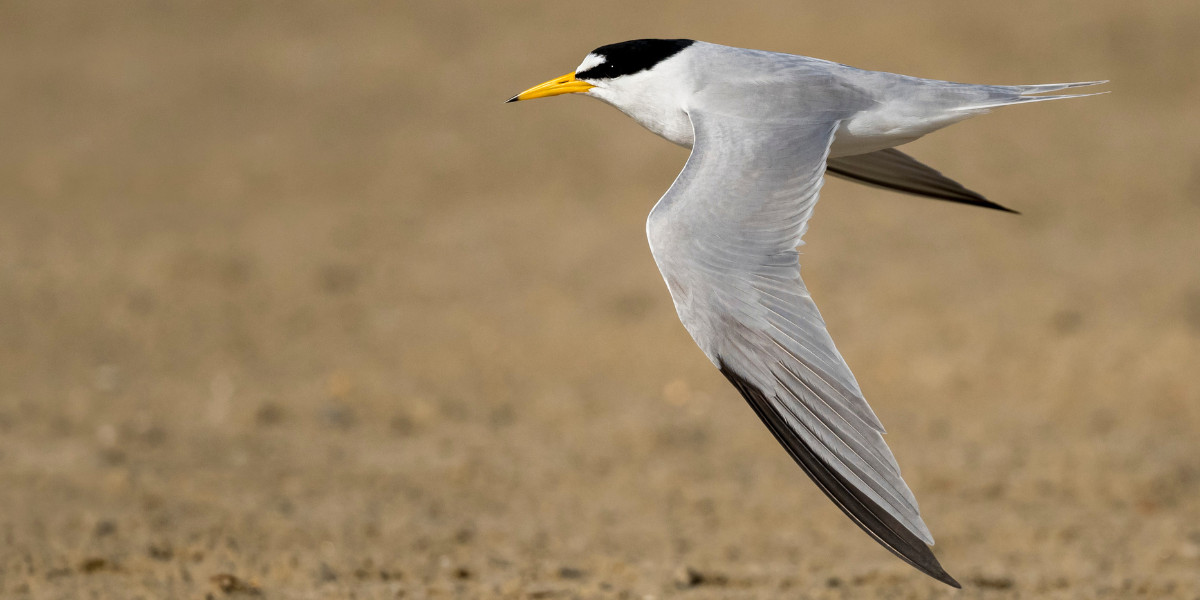
Presently, around 10,000 least terns remain in the wild, and their numbers are declining cause of habitat loss and disturbance. They live in herds of up to 100 individuals.
Kansas State’s Official Animal
The official animal of Kansas City is the American bison, also known as the buffalo. This is one of the interesting animals in Kansas which is also a symbol of strength, power, and resilience. American Bison can weigh up to 2,000 pounds and stand up to 6 feet tall at the shoulder. For more, you can read here about the American Bison.
Frequently Asked Questions
What animals is Kansas known for?
Kansas is known for its bison, prairie dogs, coyotes, and deer. It is also home to a variety of other animals, such as foxes, rabbits, snakes, and birds.
What is the most common animal in Kansas?
The most common animal in Kansas is the white-tailed deer. There are an estimated 750,000 white-tailed deer in Kansas.
Are there Wolverines in Kansas?
No, there are no Wolverines in Kansas. Wolverines are only found in the northernmost parts of North America, such as Alaska, Canada, and the northern United States. Kansas is too far for Wolverines to survive.


